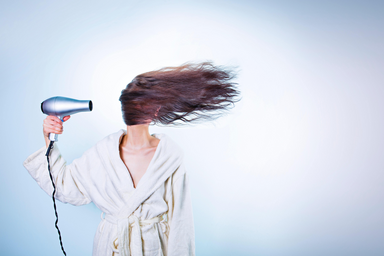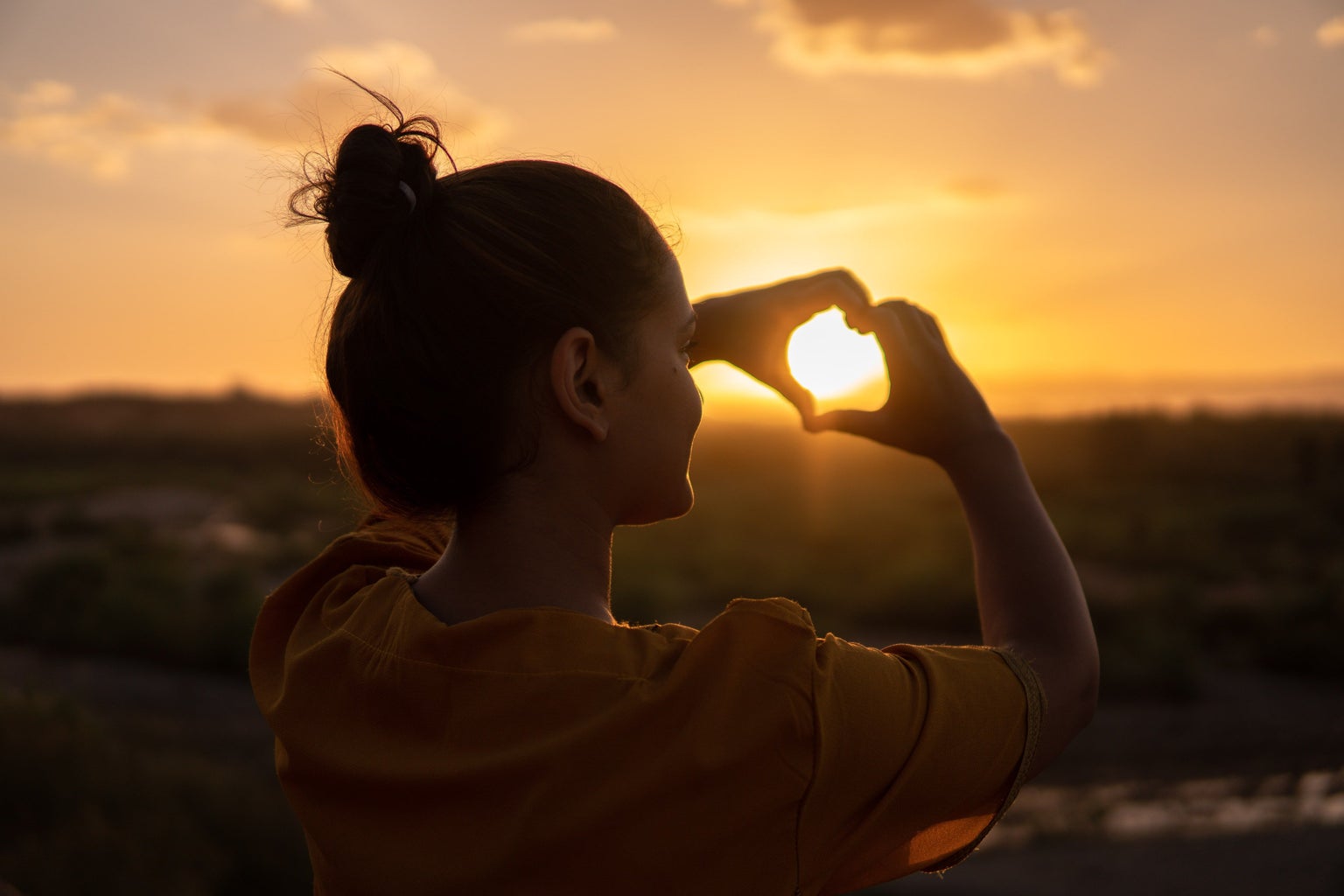Growing up as a woman of color, I struggled to find media representation for girls who looked like me, asking myself where I fit into these people that were supposed to represent the world for me. My issue with my hair stemmed from more than just the hair on my head. My self-worth was defined in my formative years through boys giggling about the hair on my legs during swim practice, through girls on the bus telling me how pretty I could be if I painfully plucked my eyebrows, and through a blonde friend giving me the innocent recommendation of shaving my arms with sand at the beach if my mom wouldn’t let me use a razor.
To this day I try not to resent my mother for banning hair removal from me as a child. Although part of me understands her effort to teach me to love my natural self, the other part knows her European background could never understand the shame I felt wearing shorts or a skirt. The hair that grows from the top of my head is thick, and beautifully dark brown, but I struggled to separate the anger I felt towards any other spot that hair would grow just because it was growing where it “should be”.
One of the first independent decisions I made was frequent hair removal, but it wasn’t enough. I yearned to be seen in a different light, one in which I always wondered if the grass was greener, or blonder. So, in March 2022, I dyed my hair platinum blonde. It took three processes, multiple hours, and lots of hair lost in the process. I ended up staying this color, with 3 root touch ups, for nine months. Here’s what I learned along the way:
It was jarring, but not necessarily surprising, that people were generally more warm around me with blonde hair. Although I still had my dark eyebrows and features, I could feel a change in the acceptance from the world around me. Which, although seems like something positive, was actually a pretty tough feeling to work through. Maybe I’m overthinking it, but by comparing how I felt walking casually down the street looking more ethnically ambiguous than I did before I dyed my hair, I could feel that the lack of warmth I was feeling before came from a nervous feeling. That me walking past them would bring anxiety. It made me feel like my Persian features were something to fear and it led me to fully grasp the concept of being a minority. At first this made me angry, angry at the world and the societal systems that had been put in place that caused this immediate lack of acceptance. But I started to realize that’s the exact reason why I should have been embracing my natural hair and features from the start. I should have been more proud of the culture that comes with my natural features and understood how much more important that is than how people react to it. Any microaggressions I face are a reflection of them, not me. Why would I want the acceptance of someone who otherwise would not have accepted me in the first place?
When I first dyed my hair back to brown, I realized that this excursion to drastically change my appearance was actually just an escape from myself. I looked at myself in the mirror and I saw the girl I grew up with again; I saw myself in my memories again, the good and the bad ones. And for the first time, I was happy to see her.





